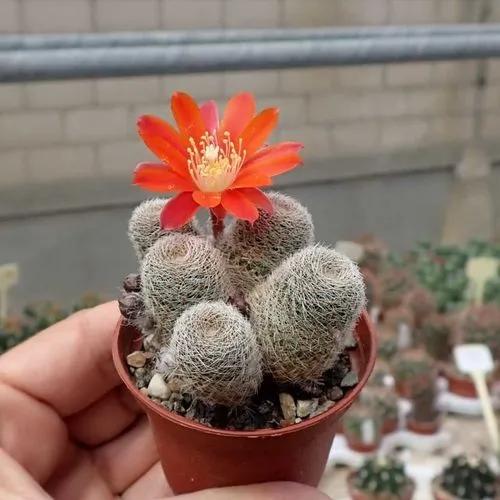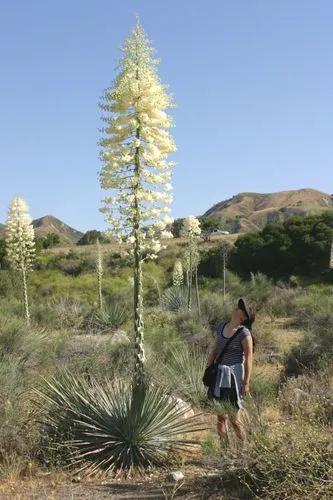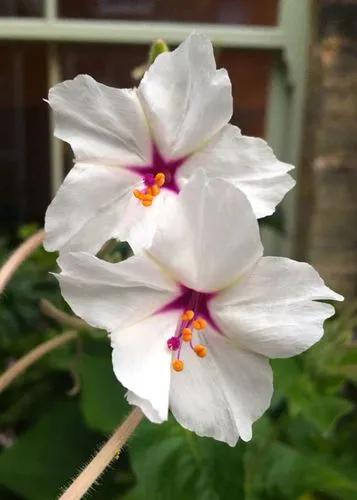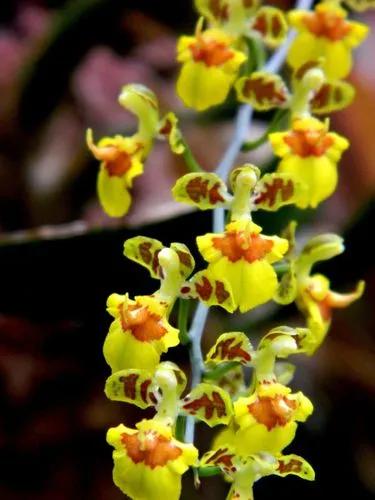Papilionanthe teres, formerly Vanda teres and Ple. teres is an orchid species with many variations found in many parts of South-East Asia and is also found as north as Yunnan and in colder regions like the Himalayan foothills.
Papilionanthe teres Care
Papilionanthe teres



Papilionanthe teres occurs widely in Southeast Asia, east of Nepal, Bhutan and north-east India, through Myanmar and Thailand after Laos, Vietnam and southern China. They were also met on the Andaman and Nicobar islands. It is the most popular and the most widely occurring species of this type. They usually grow at heights of 250-850 m. It is a giant sized, terete leafed, vandanaceous, monopodial, hot growing epiphyte with a branching, terete, very long stem carrying straight, suberect or curved, terete, 15-20 cm long and 0.4 cm in diameter leaves.
How to Care for the Plant

Water

The cultivated plants should be watered strongly and often during active growth, but the roots must always dry quickly after watering. During hot, dry weather, the plants can be misted or sprinkled 4-5 times a day. In late autumn, watering should be limited.

Fertilizer

During the period of strong growth, the plants should be fertilized every week with 1/4-1/2 of the recommended dose of fertilizer for orchids. You can use fertilizers with reduced nitrogen content in the late summer and autumn period, and increased phosphorus to improve flowering in the next season and strengthen new growth before winter.

Sunlight

A very large amount of light seems necessary to initiate flowering, so a position is recommended where the plant will have access to full sun for at least part of the day.

Soil

It can be cultivated in suspended baskets without any substratum or in small pots with particularly draining compost that can be formed by bark and pieces of charcoal of 3-4 cm, leaving the aerial roots free to elongate

Temperature

The plant needs high temperatures from spring to autumn, 24-32°C, and constant ventilation; in winter the temperatures can be slightly cooler with night minimum ones not under the 12°C.

Container

Use a small container with enough drainage holes.

Popularity

8 people already have this plant 2 people have added this plant to their wishlists
Discover more plants with the list below
Popular articles






